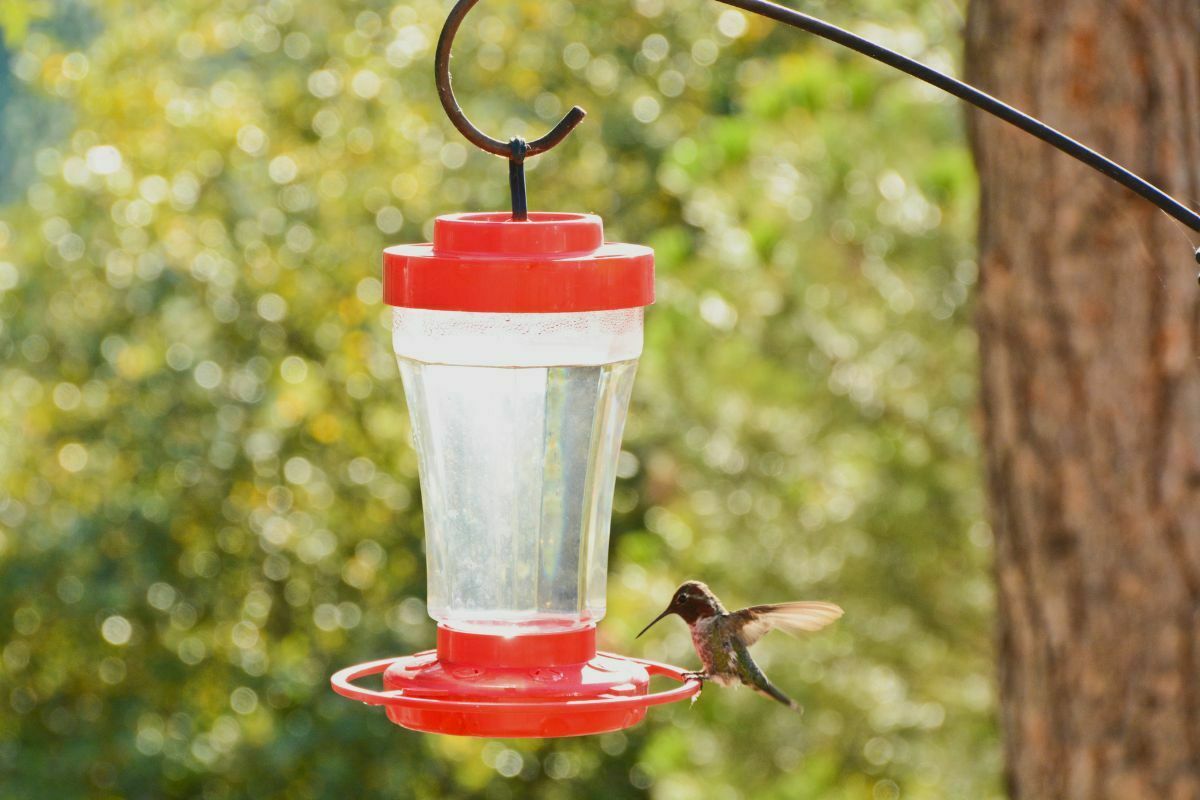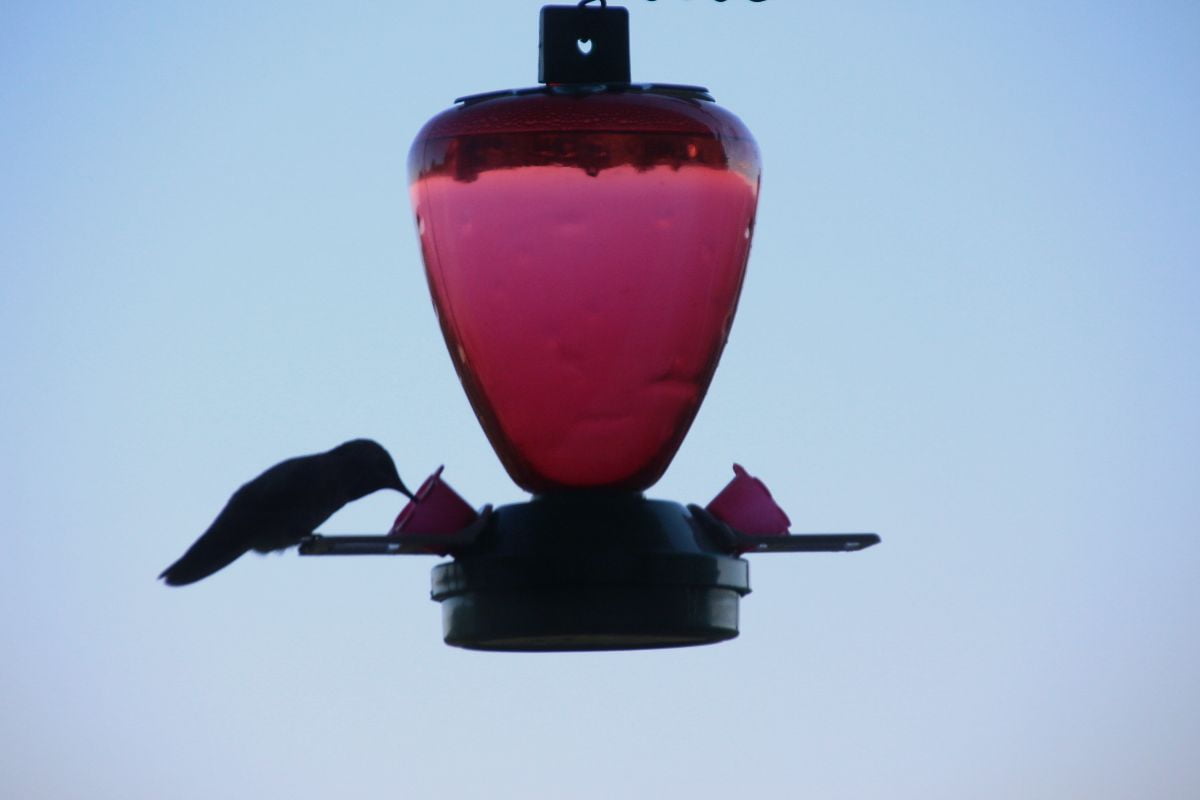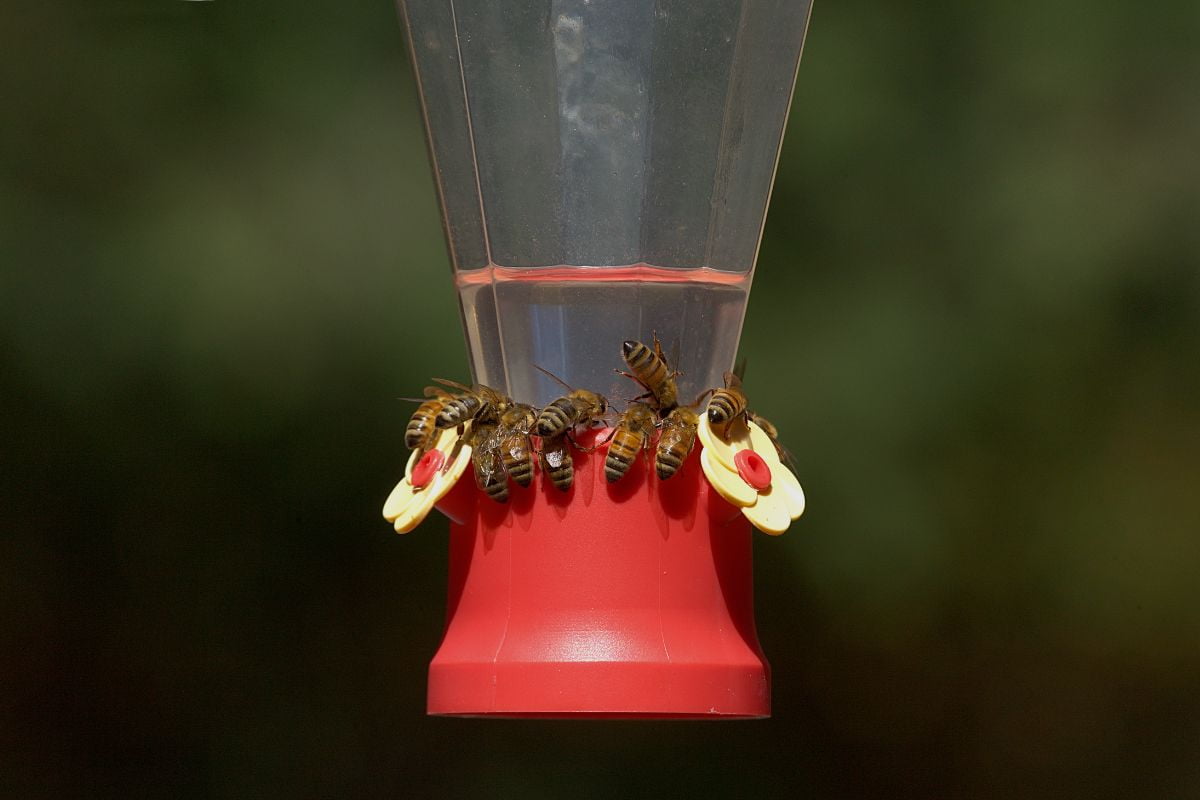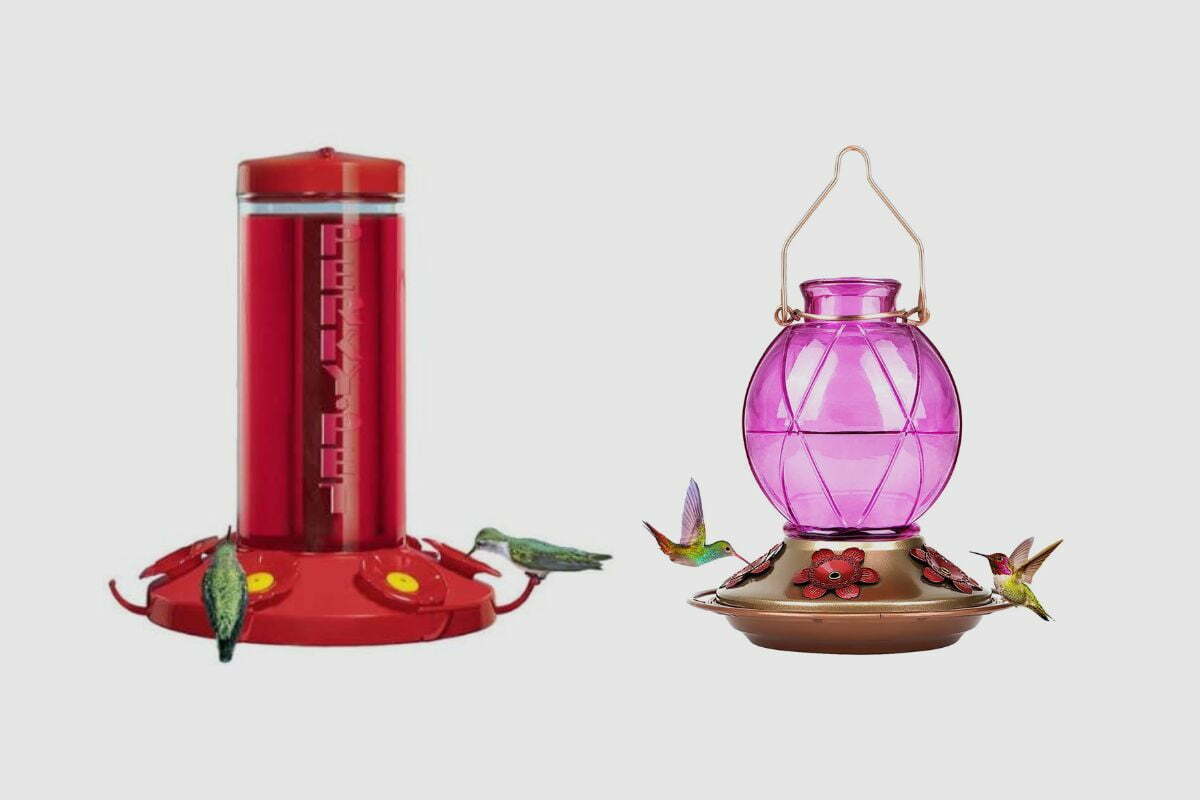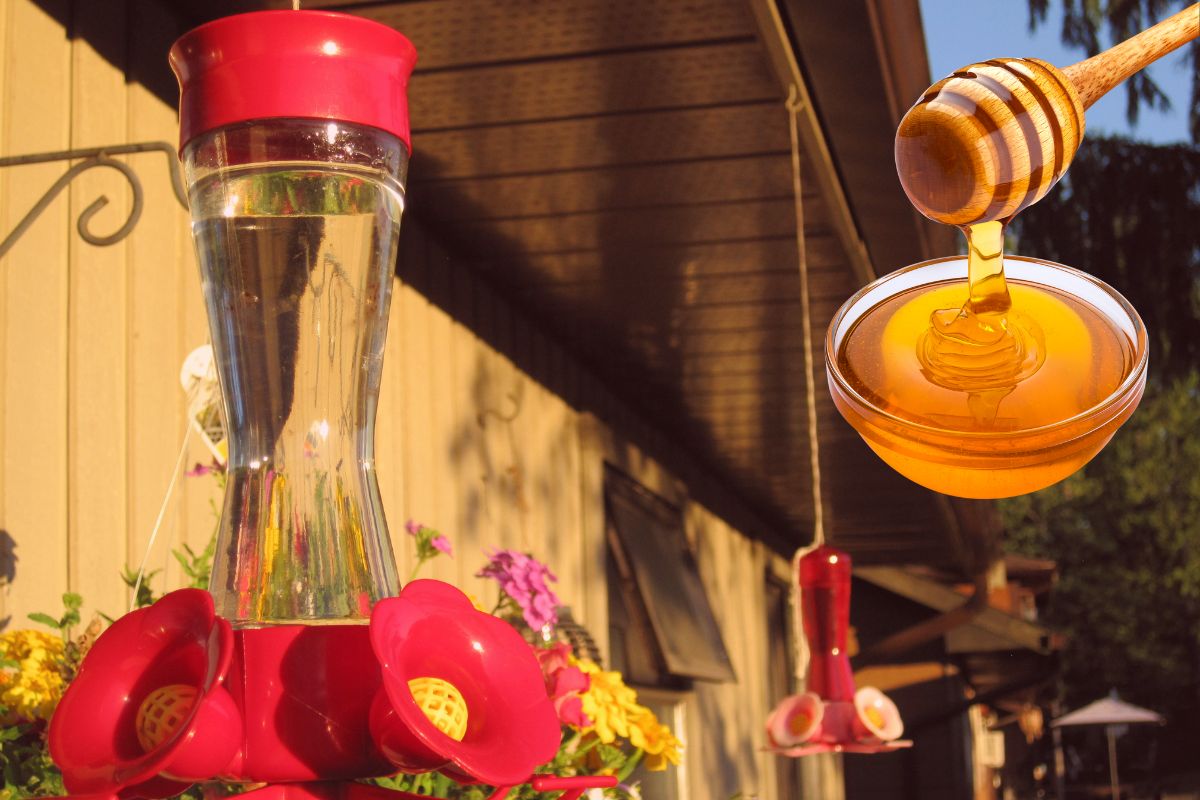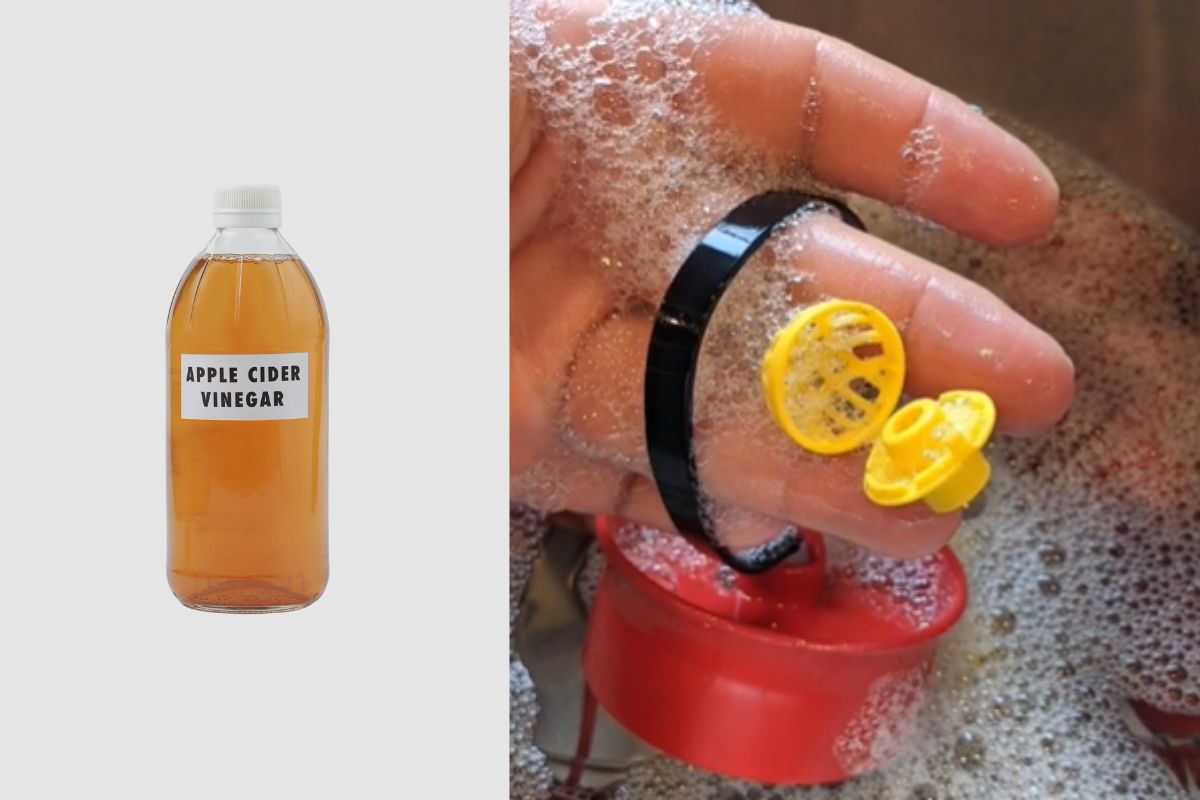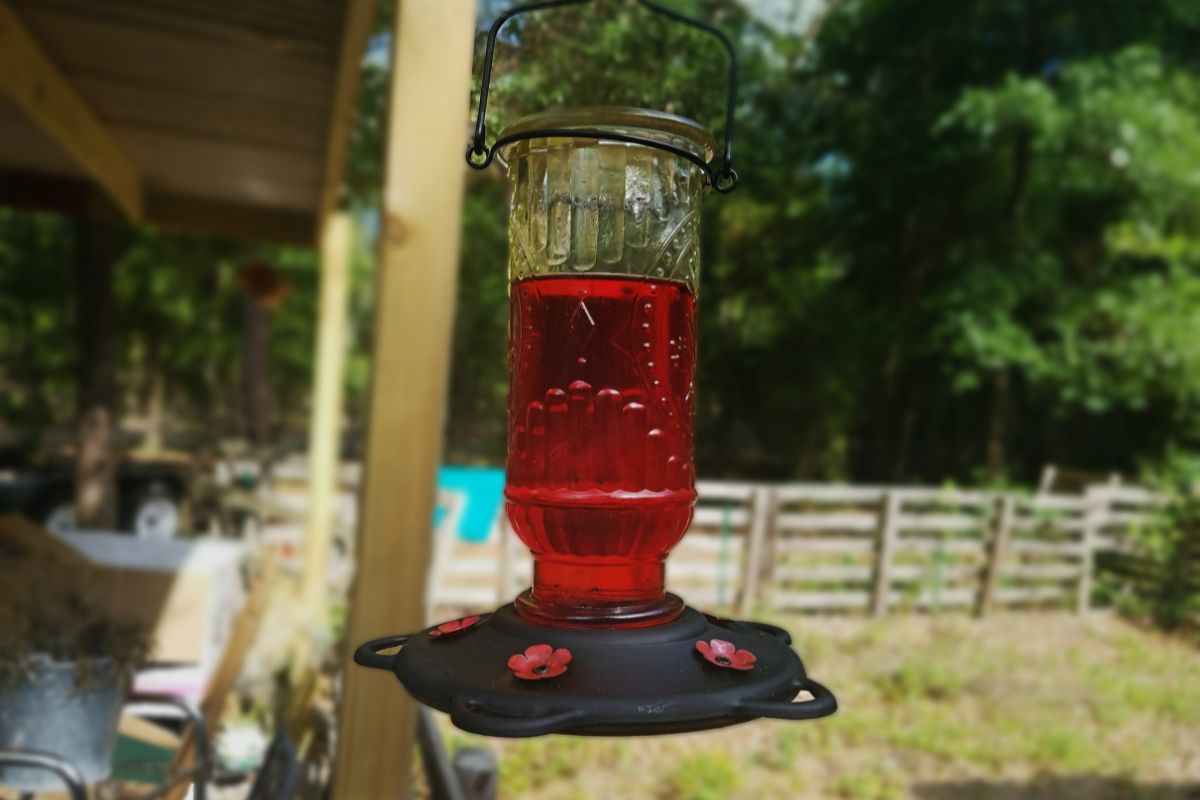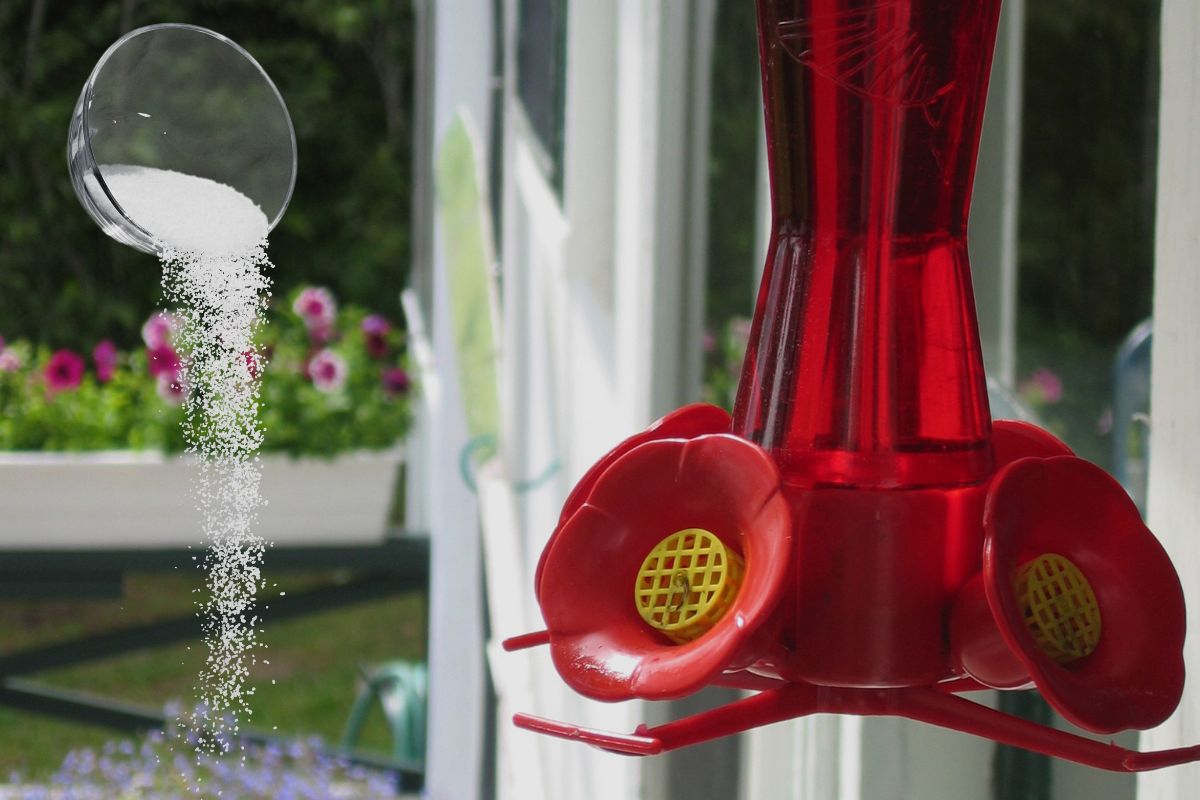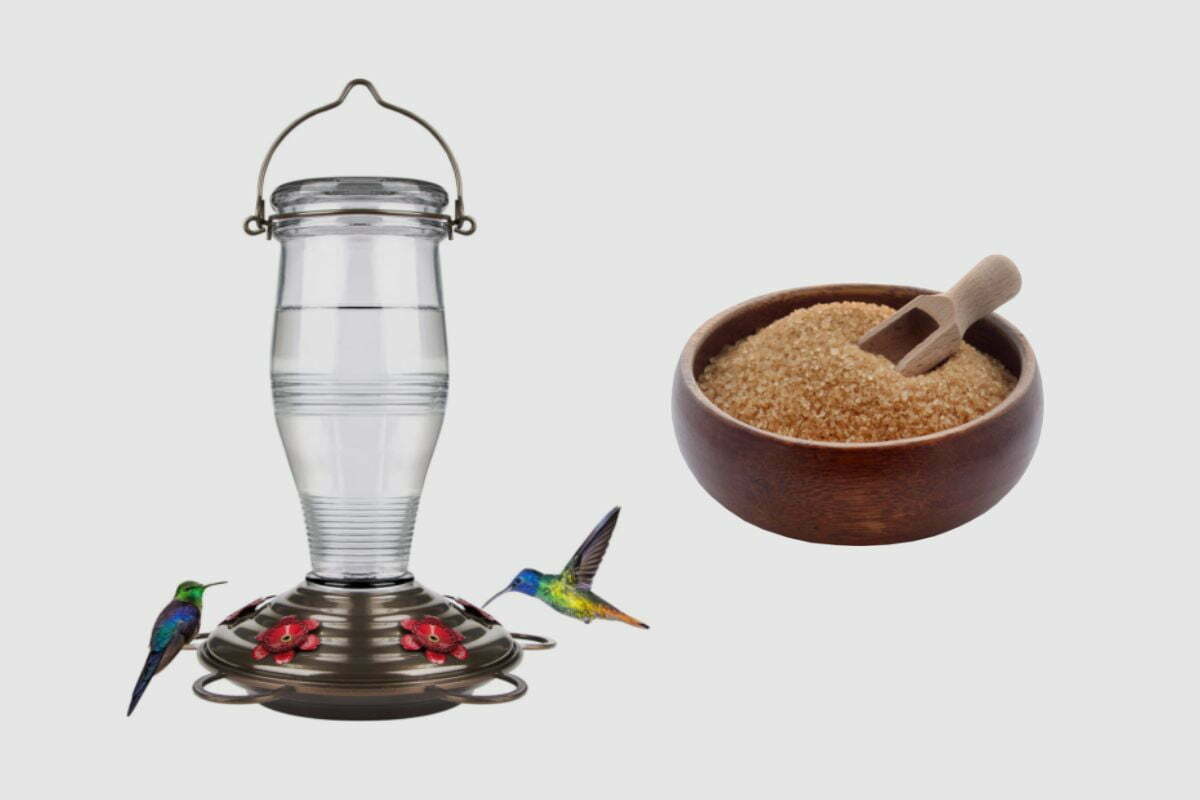How High Should Hummingbird Feeder Be?
Choosing the right height for your hummingbird feeders is critical for several reasons. Notably, the 4 to 5 feet height is within the normal flying range for most species of hummingbirds, including the popular Ruby-throated Hummingbirds. This optimal location encourages hummingbirds to visit, making your garden a high-traffic area for these beautiful creatures during the … Read more
